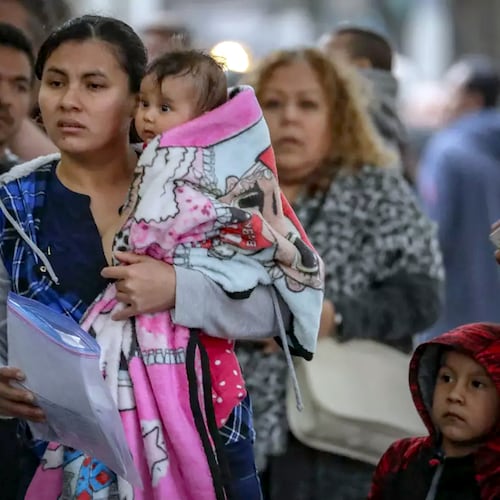“The army will forage liberally on the country during the march. To army corps commanders alone is intrusted the power to destroy mills (and) houses. … Where the army is unmolested, no destruction of such property should be permitted.”
The above outlines key points from Maj. Gen. William T. Sherman’s Special Field Orders No. 120, issued Nov. 9 from Kingston. Preparing to begin his march through Georgia, Sherman next turned his focus to the newspaper reporters accompanying his force. Intending to keep his actual plans and eventual destination confidential, the general feared stories might leak out providing clues to his movements. Any news of this nature would better enable Confederate officials to deploy forces to slow the Federal advance.
Rather than carrying their provisions or having them supplied from the North — both impractical options given the size of the force, 62,500 men, and the distance to be covered, more than 250 miles to Savannah — the blue coats would simply seize the food and forage they needed from the locals.
Sherman stated that “where a million people live, I have no fear of getting a share.” Yet he also knew he could not afford delays. His troops could live off the land, as long as they did not encamp in any area too long.
To ensure the press did not foil his intentions, Sherman sent a dispatch to Assistant Secretary of War Charles Dana, asking Dana to publish “other paragraphs calculated to mislead the enemy – such as … Sherman’s destination is not Charleston, but Selma, where he will meet an army from the Gulf.”
Meanwhile, soldiers in various Federal corps converged on settlements along the Western & Atlantic Railroad, destroying depots, warehouses and mills, and twisting the iron rails into uselessness. The Northerners worked their way south to the point of rendezvous, Atlanta.
A staff officer observed, “From Kingston to Atlanta, the rails have been taken up on the road, fires built about them, and the iron twisted into all sorts of curves, thus they are left, never to be straightened again.” Varying acts of destruction suited Sherman, as he made his way out of Kingston on Nov. 12. His telegram that day to officials in Washington said, “Tomorrow our wires will be broken, and this is probably my last dispatch.”
Arriving in Marietta the following day, Sherman witnessed portions of the town square in flames. Maj. Henry Hitchcock, one of Sherman’s aides, sat atop his horse and watched the spreading inferno. Penciling an entry into his diary, Hitchcock lamented, “What a sad and fearful necessity – how terrible the guilt of those who forced this war and its unavoidable horrors!” Unknown to Hitchcock, the scenes in Marietta were practice sessions for things he would witness later in the campaign.
Sherman reached Atlanta on Nov. 14, just in time to observe the final acts of destruction there running rampant. Maj. Gen. Oliver O. Howard’s right wing began leaving the city on Nov. 15 while the remaining Federals continued to burn anything deemed of military value.
One officer witnessed the leveling of many structures, and wrote, “A grand and awful spectacle is presented. … The heaven is one expanse of lurid fire, the air is filled with flying, burning cinders, buildings covering two hundred acres are in ruins or in flames. This city … exists no more as a means for injury to be used by the enemies of the Union.”
Maj. Gen. Joe Wheeler, commander of the Confederate cavalry force in Georgia, watched with his men from afar. In a dispatch to Lt. Gen. Richard Taylor, Wheeler reported “large fires observed in Atlanta for last three days.” He would soon encounter heated action of his own, as his 3,000 horsemen attempted to impede the advance of the Northern troops.
Michael K. Shaffer is a Civil War historian, author and lecturer. He can be contacted at: www.civilwarhistorian.net
For more on the Civil War in Georgia, follow the AJC: http://www.myajc.com/s/battleofatlanta/
About the Author
Keep Reading
The Latest
Featured
